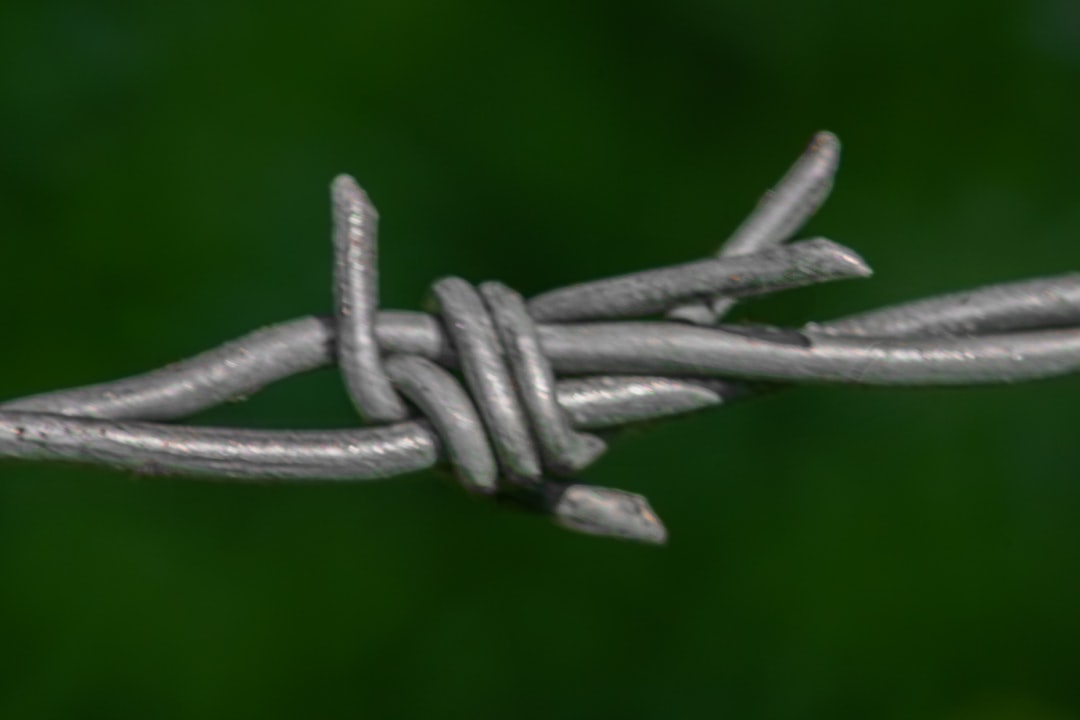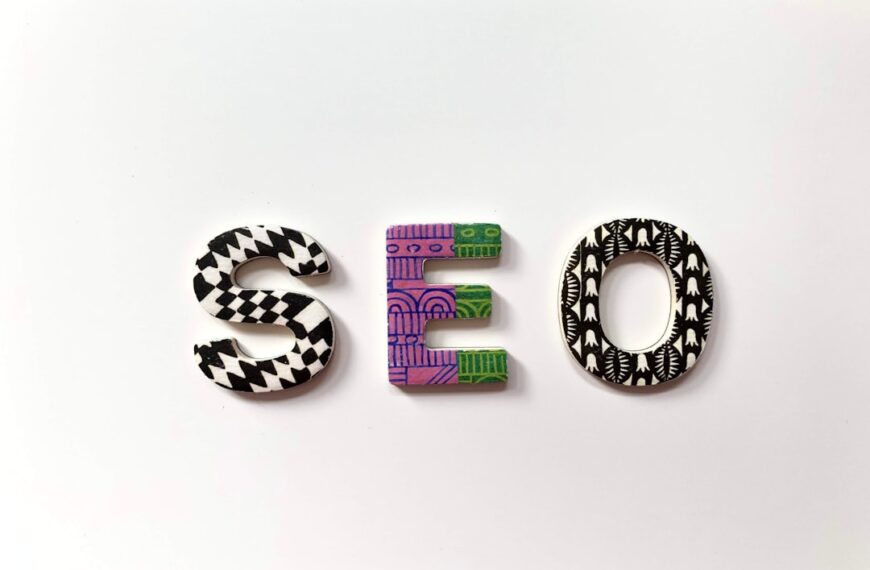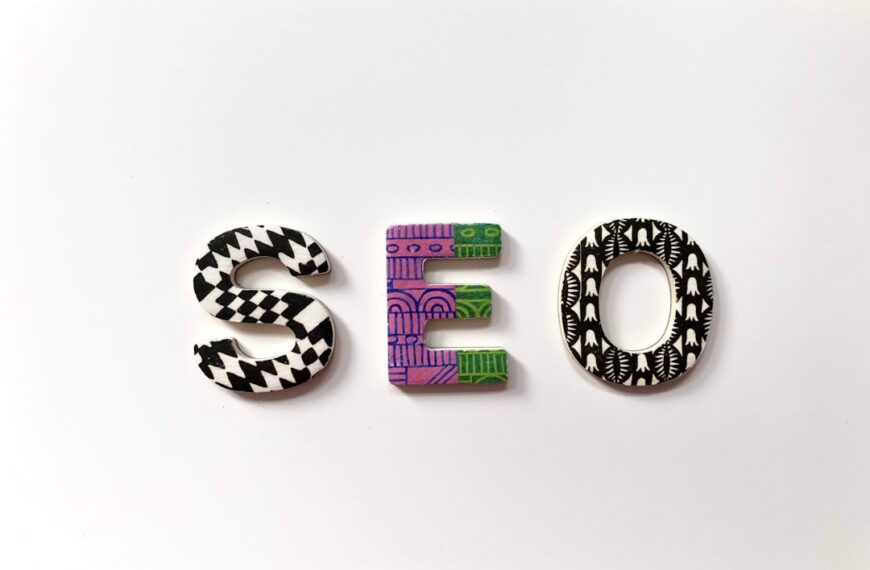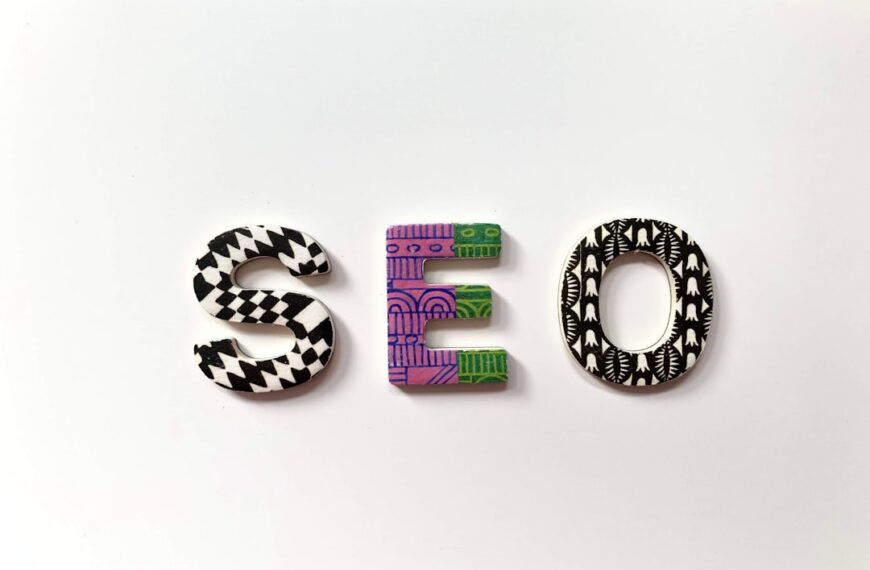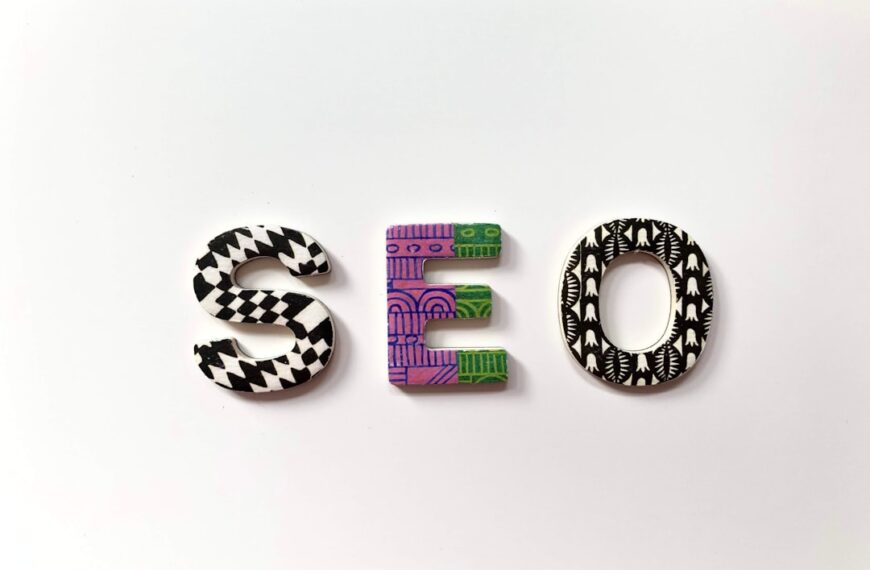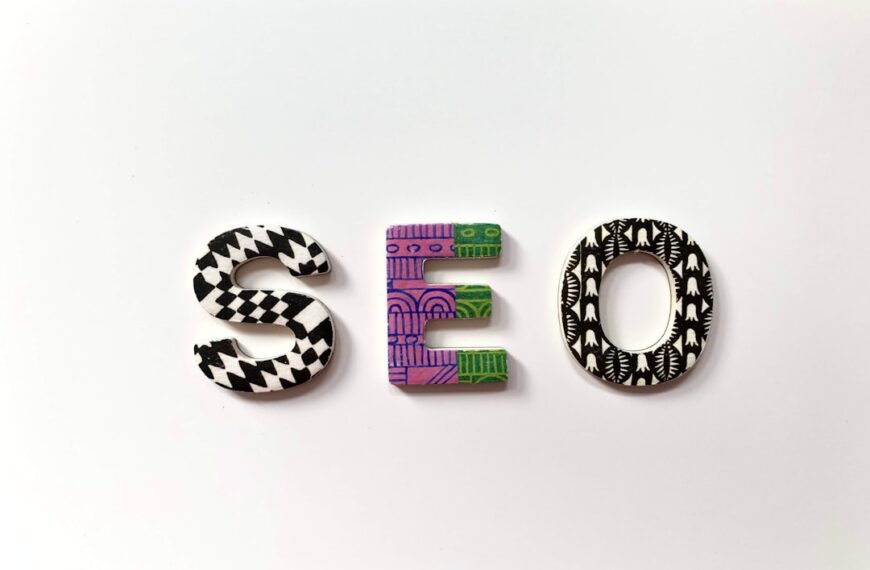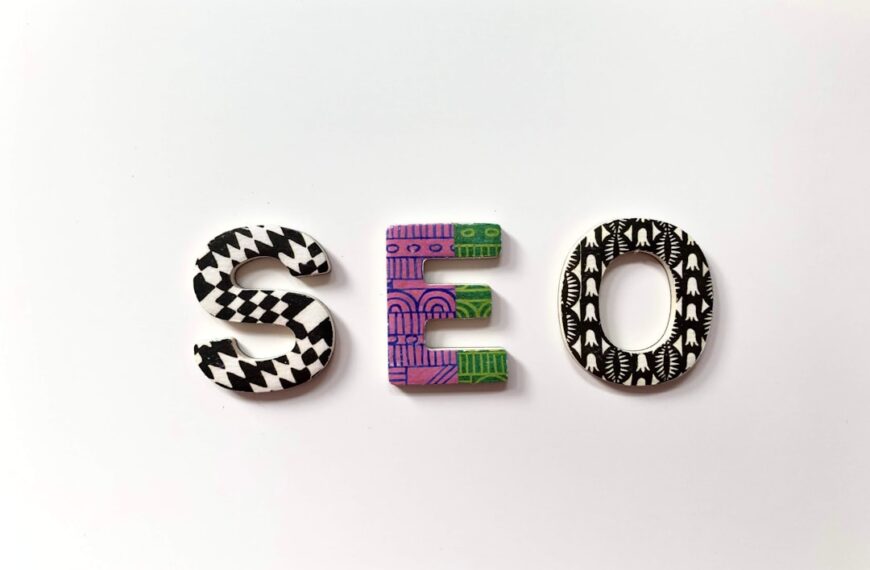Internal linking. It sounds simple, almost mundane. But mastering this often-overlooked SEO tactic can significantly boost your website’s rankings, user experience, and overall online success. This isn’t just about randomly linking pages together; it’s about strategically connecting your content to create a powerful web of information that search engines and users will love.
This guide will delve into the art and science of internal linking, providing you with the knowledge and strategies to elevate your SEO game. We’ll explore why it’s crucial, how to do it effectively, and the common pitfalls to avoid.
Why Internal Linking Matters:
Internal links are the backbone of your website’s architecture. They help search engines crawl and index your pages more effectively, improving your site’s overall visibility. More importantly, they guide users through your content, encouraging them to spend more time on your site and explore related topics. This increased engagement signals to Google that your website offers valuable, relevant information, boosting your authority and rankings.
Beyond SEO, internal linking improves user experience. It creates a seamless navigation experience, allowing visitors to easily find the information they’re looking for and discover other relevant content they might have missed. This leads to higher engagement, reduced bounce rates, and ultimately, higher conversion rates.
Strategies for Effective Internal Linking:
* Relevance is Key: Don’t just link pages together randomly. Focus on connecting pages with related topics and keywords. Ensure the anchor text accurately reflects the destination page’s content.
* Anchor Text Optimization: Use descriptive and relevant anchor text. Instead of simply using “click here,” use phrases like “Learn more about keyword X,” or “Read our guide on topic Y.” This helps search engines understand the context of the link and the content of the target page.
* Strategic Placement: Don’t just stick links at the bottom of your page. Integrate them naturally within the body text where they logically fit the flow of your content. Consider using links within introductory paragraphs, or within the conclusion to direct users to related resources.
* Contextual Linking: The most effective internal links are contextual. They should seamlessly integrate into your text, guiding users to related information without disrupting the reading experience.
* Link Juice Distribution: Distribute link juice evenly across your website. Avoid over-linking to a single page, especially if it is already a highly ranked page. Focus on promoting less prominent pages and spreading the love!
* Utilize Different Link Types: Experiment with different types of internal links, such as navigational links (in your header or footer), contextual links within the body, and image links.
* Monitor and Analyze: Regularly track your internal linking strategy’s performance using Google Analytics. Analyze which links are driving the most traffic and which pages are benefiting the most. Adjust your strategy based on these insights.
Common Mistakes to Avoid:
* Over-linking: Too many internal links on a single page can dilute the link juice and look unnatural.
* Irrelevant Linking: Linking pages together without any topical relevance confuses users and search engines.
* Broken Links: Broken internal links create a negative user experience and harm your SEO. Regularly check for and fix broken links.
* Ignoring Anchor Text: Using generic anchor text, such as “click here,” provides no valuable information to search engines.
Mastering internal linking is an ongoing process. It requires careful planning, consistent monitoring, and a keen understanding of your website’s content and user behaviour. By implementing these strategies and avoiding common pitfalls, you can significantly improve your website’s SEO, user experience, and ultimately, your bottom line. Start optimizing your internal linking strategy today and watch your website flourish.
